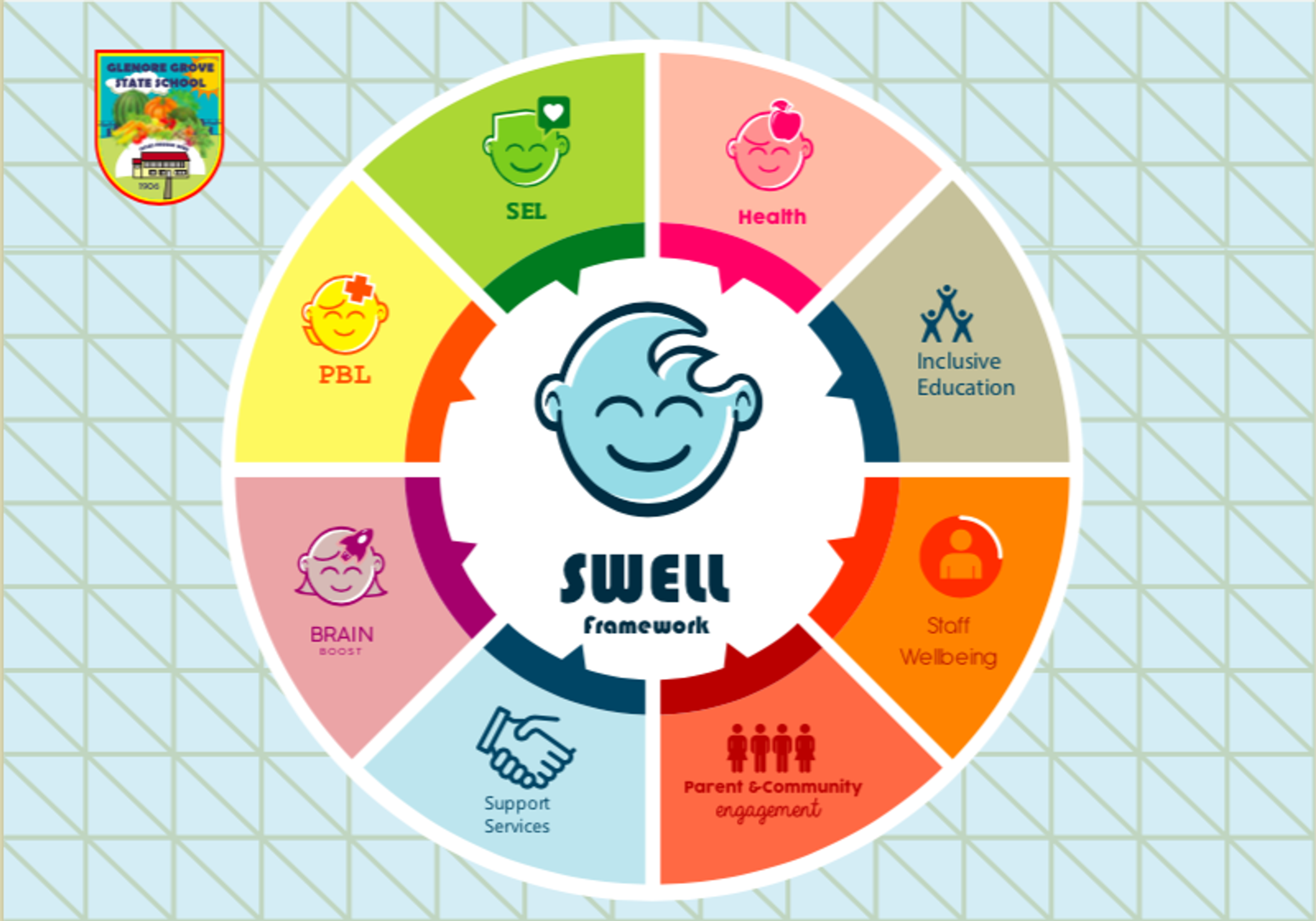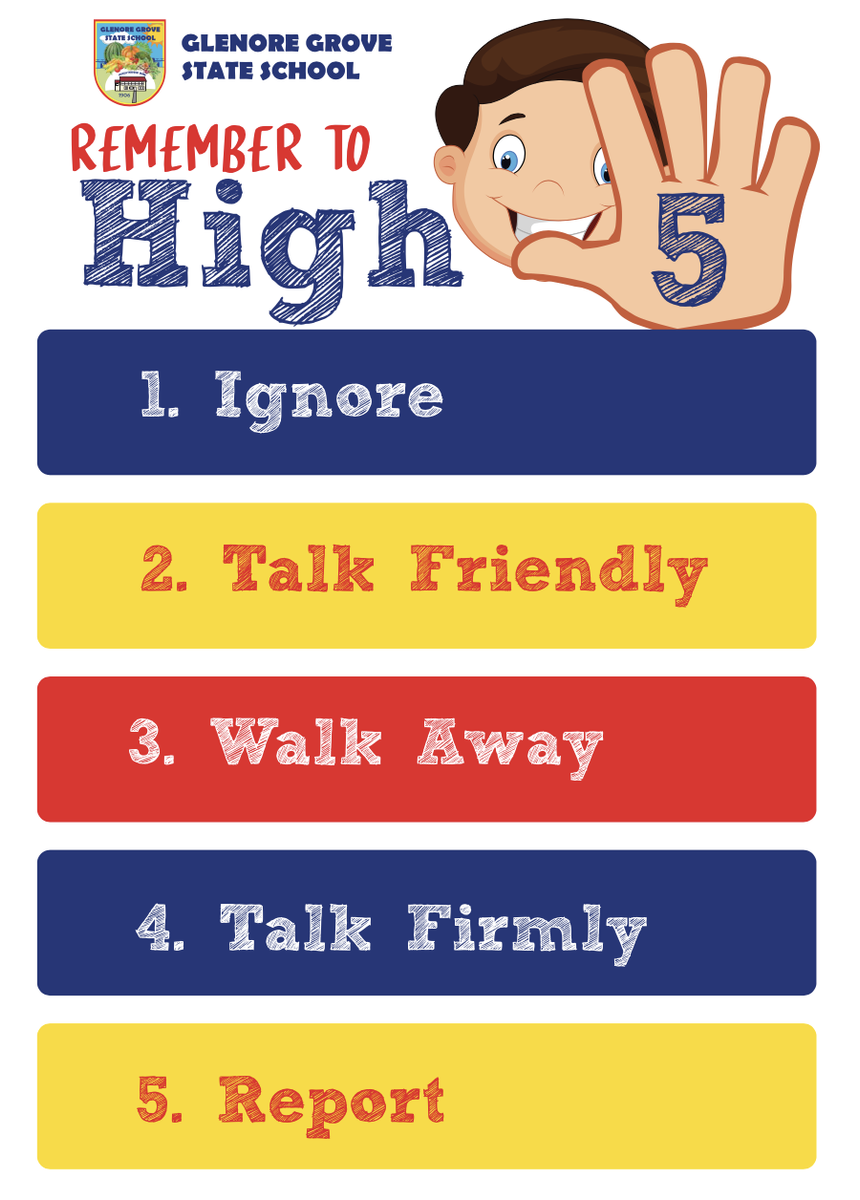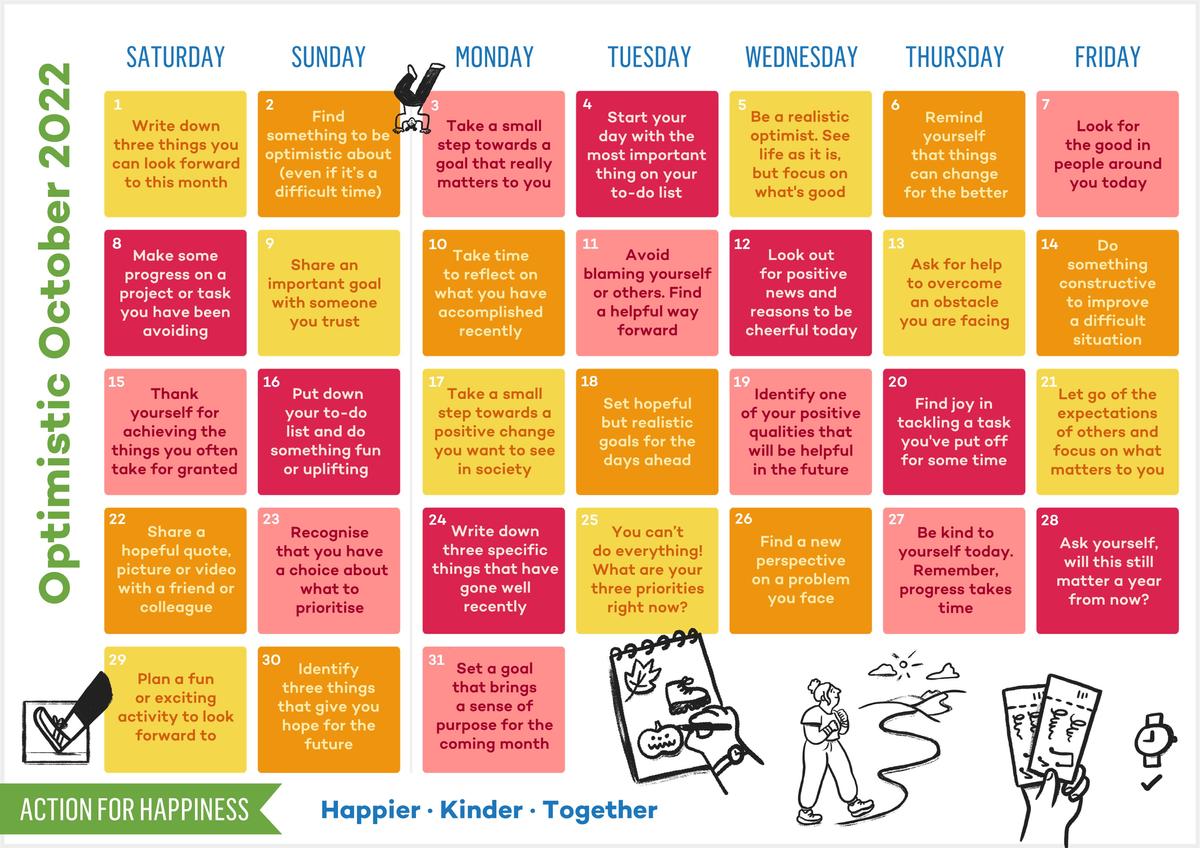Student Wellbeing for Engaging Literate Learners
GGSS kids are kind.

Student Wellbeing for Engaging Literate Learners
GGSS kids are kind.
Welcome to term 4 at GGSS. This is going to be a very busy term, with many celebration days which include our Carols in the Grove, offsite STEM challenges, orientation days and swimming to name a few.
We will be continuing to focus on our three school wide expectations of Be Respectful, Be Responsible and Be Safe. Most teachers will be including some initial reteaching of classroom behaviour concepts, bee hive updates and looking at this terms class rule setup.
Our weekly focus is on the term calendar & we will post it on Dojo & Facebook each week. If you would like to be part of our PBL team, please contact the school and chat to Michele Lyne or Hayley Freemantle.
Term 4 week 1: Focus - Be Responsible in all play areas.
Use the Hi Five.
We use the Hi-5 as a strategy to help with challenging behaviour but also a way of reducing student escalation. We would like the challenging behaviours to stop at step 1, but if it continues, the student goes to the next step. The video for this lesson is here.
The Strategies are as follows:


Step 1: Ignore - Ignore the challenging behaviour being done.
Step 2: Talk Friendly - Ask the person who is doing the challenging behaviour to cease or end the behaviour in a kind way. "Please can you stop doing that in my face, it's making me feel uncomfortable".
Step 3: Walk Away - If the behaviour persists, walk away from the situation. Go to the toilet, go get a drink or move to a shady area.
Step 4: Talk Firmly - "You are making me feel unhappy, if you don't stop it I will be going to the teacher on duty" or "Why are you doing this, what are you trying to achieve?" Asking a question about the behaviour sometimes can allow for that break in the challenging behaviour pattern.
Step 5: Report - If the behaviour doesn't stop, it's time to find the teacher on duty if you are on the playground, or report to the class teacher, if in the classroom.
Term 4 week 2: Focus - Be Safe in all areas.
Walk in and around buildings and walk to the left.
Now that we are becoming a big school and we have a newly built building, it's important that we are safe around and in those areas. Making sure that we look up when we are walking on the walkways so we follow the guide signs on the posts. Walking on the left of the walkway is a good rule to follow, so we don't bump into oncoming foot traffic.
Term 4 week 3: Focus - Be Safe in learning settings.
Keep hands and feet to ourselves.
In the classroom and on the playground it's important to focus on you, where your body is in relation to others, your hands and feet or are you in someone else's space bubble? This week we will be showcasing how we can be safe in all learning areas but being mindful of what actions we do. The PBL video link is here.
Term 4 week 4: Focus - Be Safe in learning settings.
Use equipment as intended.
Equipment at GGSS comes in all forms. It can be stationary (pens or pencils), classroom furniture, playground equipment, using the stairs and rails, toilet stalls and toilet paper, sinks and bubblers or sitting on the eating mats and furniture. Making sure your are safely using the equipment at our school for its purpose. The gardens serve a great purpose at our school and we need to ensure we don't walk through our gardens. The PBL Video is linked here.
Term 4 week 5: Focus - PBL data decided focus and lesson.
This is change for us to have a look at the data collected and presented at our PBL meetings and find an area of focus area and a lesson. Data is so important , as it allows staff to see how well students are going or areas that are challenging that need to be revisited.


Is your child being Mean-on-Purpose? Let’s ‘nip it in the bud’ before they lose all their buds!
efore anything, we need to start with this: It is very rare for a child to be Mean-on-Purpose!
By way of definition, Mean-on-Purpose behavior is intentionally cruel, rude, malicious, unkind, manipulative behavior that is designed to hurt someone and it is uncommon in children. Why? All kids want to get along and belong. Children are born joyous and see the world with wonder and awe. They love being around other kids, playing and experiencing that feeling of ‘friendship’. Not only is friendship a basic need, forming friendships and being part of a “tribe” is a survival instinct deep within all of us. As teachers and parents, we need to assume the best in children, give them the benefit of the doubt, and not project a very strong negativity bias or our own past traumas onto kids.
It is far more common for children to experience Friendship Fires® (common issues or conflicts like misunderstandings, disagreements, or hurt feelings) as a result of Mean-by-Accident behavior.
Consider this example: A child sees their friend is having sushi for lunch, plugs their nose and says, “Eww! Sushi? That’s gross!” Was that child being Mean-on-Purpose? Highly doubtful. It is far more probable the child is simply being honest about how they feel. Yes, it’s rude. Yes, it’s inconsiderate and lacks empathy. But, their intention was not to purposefully make their friend feel bad – they just don’t like sushi and haven’t yet learned when and how to filter their comments. Part of a child’s social-emotional development is learning those “unwritten rules” and developing a more sophisticated inner-filter to ‘bite their lip’ and control impulsive reactions.
With all of this in mind, a child who is acting out in Mean-on-Purpose ways needs helps. Children or teenagers who do exhibit Mean-on-Purpose behavior might be experiencing difficulties at home, mirroring behaviors they’ve seen in others, or they might be struggling with mental illness like anxiety or depression. Whatever the reason, Mean-on-Purpose behavior is never okay and it is a big red flag that something is wrong. They need adult intervention to provide them with the support they need.
In addition to getting a child professional support (School Counsellor, Psychologist, or Therapist) to find out the root cause of the behavior, here are a few ways parents can support a child who is displaying Mean-on-Purpose behavior:
FOCUS ON EMOTIONAL REGULATION: Their ‘negative emotions’ are big and overwhelming. Our Friendology curriculum for schools is packed full of lessons devoted to this, helping children ‘name it to tame it’ (a term coined by Dr. Dan Siegel). Teachers are working through the program again this term.
As parents, we can help our child who is escalating emotionally (“dysregulated”) by:
Like a balloon blowing up with air, we want to catch them before they pop and give them strategies to let that hot air out. The goal, however, is their self-awareness develops to the point where they notice when they’re starting to escalate and take an action to calm down. Give this activity a try: Big Emotions Snow globe
ROLE-PLAY: Role-playing is essential for those children who typically act on impulse. Imagining themselves in different scenarios and role-playing their way around the Friend-o-Cycle clears those neural pathways in the brain so they know how to react appropriately the next time they feel big, negative emotions (frustrated, annoyed, angry, etc). Sometimes children are mirroring behaviours they’ve seen before, so we need to ‘reteach’ them that Mean-on-Purpose behaviour is not allowed and support them in finding a more helpful reaction. To learn more about the Friend-o-Cycle, watch this: Be a Friendship Ninja!
Empowerment comes from knowing exactly what to say and exactly what to do, which is why scripts are a big part of our Friendology curriculum. As you’re role-playing with your child, help them craft a script for what they could say in those moments. What is their Exit Strategy if the game or activity is too intense and they feel themselves escalating? Maybe they say to their friends, “I’ll be right back – I’ve got to go to the bathroom.” Help your child come up with a one-liner they can say that feels right for them and role-play!
For younger kids, role-playing with toys or teddy bears is a very fun and effective way to help them practice. For scenarios, check out: Friendship Fires Firepit
SET THEM UP FOR SUCCESS: In Friendology, we help children learn to make healthy choices in their friendships and develop boundaries. We do this by using the Friend-o-Meter – a visual tool that helps kids reflect on how they are feeling in their friendships. When children are in the Red-Zone on the Friend-o-Meter, it might trigger that Fight/Flight/Freeze/Fawn response. For children who exhibit Mean-on-Purpose behavior, their instinct is to Fight.
As parents, we can help our child identify the activities or situations that activate their Fight response. You might say, “I notice when you play handball, you seem to really get frustrated. Do you agree? Do you think handball brings out the best in you? What else could you do at recess that would be fun that would keep you in the Green-Zone on the Friend-o-Meter?” Take it even further with this activity: The Friend-o-Meter: Time to Chat!
TEACH THEM ABOUT STRENGTHS: What are your child’s strengths? Character Strengths represent positive qualities within a child that help to bring out the best in them. When they are using their strengths, they feel good – energized, excited, and motivated. These attributes help children to learn and improve their mental health & wellbeing. Kids feel successful and happy when they are using their strengths.
According to VIA Institute of Character, humans possess 24 Character Strengths in different degrees. We all have a different mixture or combination of strengths; some representing our top strengths (often called Signature Strengths). With all strengths, however, if they are overused or misused they can actually be a weakness.
For children and teenagers, the two strengths we see that are often misused and end up being Mean-by-Accident are Honesty & Humour. With honesty, there are times we need to bite our lip. With humour, there are times the joke is ‘too far’ and comes across rude. As parents, you can help your child identify that tipping point by teaching them about strengths and letting them know when they’ve gone too far. Give this a try: Boundaries in Friendship: Drawing the Line
FOCUS ON KIND-ON-PURPOSE: As kids strengthen their self-awareness & social-awareness, we need to teach them to be Kind-on-Purpose. When a child learns to prioritize kindness, they follow the age-old rule: Think before you speak/act. This would look like a child keeping their comments about sushi to themselves because, even though they don’t like the smell of it, they know it will make their friend feel bad.
As a parent, you might say to your child: “Ooops! Is telling your friend their feet are stinky Kind-on-Purpose? When it comes to honesty and kindness, we always choose Kind-on-Purpose!” Or, when your child is trying to be funny but it is coming across as rude, you might say: “Buddy, I know you’re trying to be funny, but is that Kind-on-Purpose?”
Helping children understand that kindness is strength will go a long way in helping them make and maintain happy, healthy friendships. Kindness, warmth, and positivity are qualities that attract friends. Remind your child to be a Friendship Magnet! For a fun activity on how to be a Friendship Magnet, get your child to complete page 38 in our Friendship Journal for Families.
Written by Dana Kerford
Friendship Expert and Founder of URSTRONG

